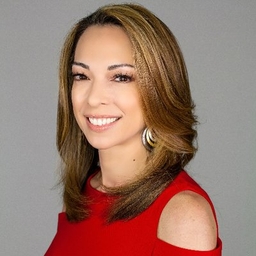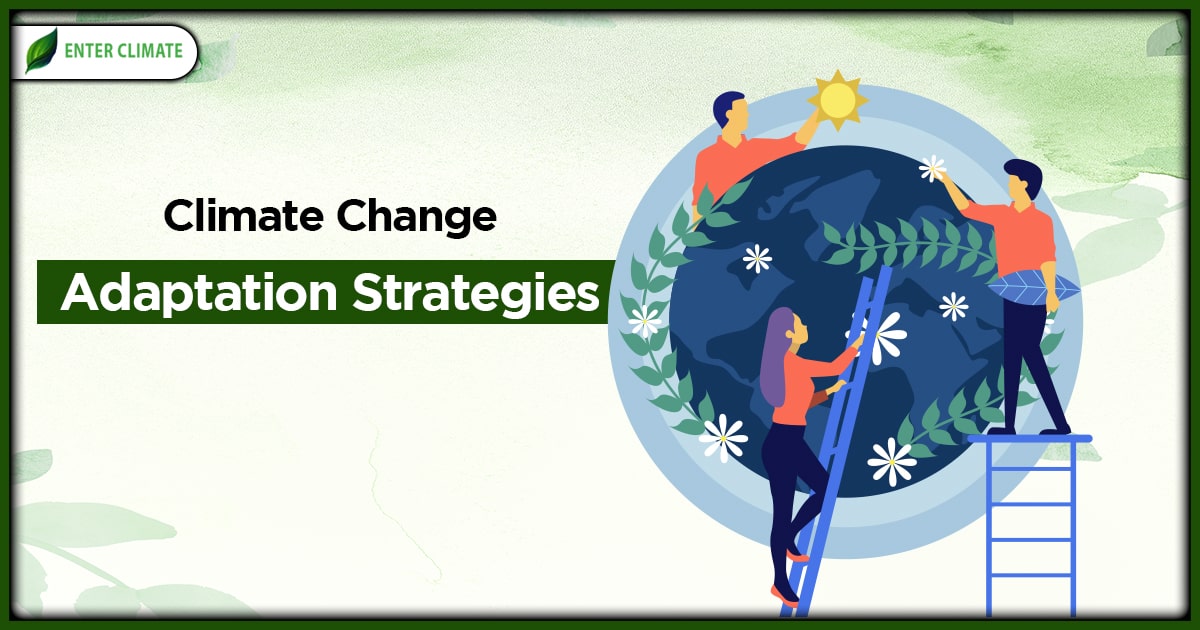UN Women’s Strategic Initiatives at HLPF 2025 to Advance Sustainable Development Goals
Executive Leadership Emphasizes Centrality of SDG 5
- UN Women’s senior leadership will address the High-Level Political Forum (HLPF), reinforcing the principle that progress on the 2030 Agenda is dependent on the achievement of gender equality.
- The official session on SDG 5 (Gender Equality) will serve as a platform to highlight its interlinkages with all other Sustainable Development Goals.
- A primary focus is the call for urgent investment and political action to close the identified $420 billion annual financing gap required to achieve gender equality in developing countries.
- The engagement will underscore that SDG 5 is a critical driver of progress across the entire SDG framework, influencing economic policy, law reform, digital transformation, and climate action.
Launch of a Global Alliance to Address Intersectional Discrimination
- A new policy brief will be launched to address the rights and leadership of women from communities subjected to work and descent-based discrimination, directly contributing to SDG 10 (Reduced Inequalities) and SDG 8 (Decent Work and Economic Growth).
- The initiative focuses on marginalized groups including:
- Dalit women in South Asia
- Quilombola in Brazil
- Haratine in Mauritania
- Burakumin in Japan
- Roma across Europe
- The event marks the formation of a global alliance by grassroots leaders from these communities, seeking recognition and protection under international law to advance SDG 5 and SDG 16 (Peace, Justice and Strong Institutions).
Amplifying Grassroots Leadership in Sustainable Development
- A series of side events will feature firsthand accounts from grassroots women leaders to provide direct evidence of community-led resilience and feminist economic solutions.
- These testimonies will focus on key areas of the 2030 Agenda, including:
- Land rights, contributing to SDG 1 (No Poverty) and SDG 15 (Life on Land).
- Sustainable food systems, in alignment with SDG 2 (Zero Hunger).
- Climate action, supporting the objectives of SDG 13 (Climate Action).
Accelerating Action to Eliminate Violence Against Women and Girls
- A side event, convened with the EU and partners, will focus on promoting cross-sectoral action to end violence against women and girls, a core target of SDG 5.
- As part of the Beijing+30 review process, a new policy paper series will be launched to support Member States.
- The series is designed to translate commitments into concrete actions by providing targeted insights on:
- Prevention strategies
- Data collection and analysis
- National action plans
- Response systems
- The role of women’s rights organizations
Leveraging Sport as a Catalyst for Social Impact and Partnerships
- A special HLPF side event will demonstrate how strategic partnerships in sport can deliver measurable social impact for girls and young women.
- This initiative directly supports the implementation of SDG 5 (Gender Equality) and SDG 17 (Partnerships for the Goals).
- The event will feature stakeholders from global sports, government, philanthropy, and youth development to foster collaboration for gender equality.
Identified Sustainable Development Goals (SDGs)
-
SDG 5: Gender Equality
This goal is explicitly and repeatedly mentioned as the central focus of the article. The text highlights UN Women’s efforts at the High-Level Political Forum (HLPF) to advance gender equality, stating, “SDG 5 is not just a standalone goal, but a key driver of progress across all other SDGs.”
-
SDG 10: Reduced Inequalities
This goal is addressed in the section about launching a “global alliance for women facing work and descent-based discrimination.” The article specifies groups like “Dalit women in South Asia, Quilombola in Brazil, Haratine in Mauritania, Burakumin in Japan, and Roma across Europe,” directly tackling inequalities based on race, caste, and descent.
-
SDG 17: Partnerships for the Goals
This goal is explicitly mentioned in the context of a side event on sport, which links “directly to SDG 5 (Gender Equality) and SDG 17 (Partnerships for the Goals).” The article also describes partnerships with the EU to end violence against women and collaborations with grassroots organizations, governments, and philanthropy.
-
SDG 16: Peace, Justice and Strong Institutions
This goal is relevant to the discussions on law and policy reform. The article mentions a push for “recognition and protection under international law” for discriminated women, the launch of a policy paper series to support Member States in turning “commitments into concrete action,” and the need for “law reform,” all of which relate to building just and strong institutions.
-
Other Interlinked SDGs (SDG 2, SDG 13)
The article notes the interlinkages between SDG 5 and other goals by highlighting the work of grassroots women leaders in “food systems” (relevant to SDG 2: Zero Hunger) and “climate action” (relevant to SDG 13: Climate Action).
Specific SDG Targets Identified
-
Targets under SDG 5 (Gender Equality)
- Target 5.1: End all forms of discrimination against all women and girls everywhere.
This is addressed by the launch of a policy brief and a global alliance for women from communities facing deep-rooted discrimination due to caste, race, or traditional occupation.
- Target 5.2: Eliminate all forms of violence against all women and girls.
The article describes a side event and the launch of a “new policy paper series” specifically focused on “cross-sectoral action to end violence against women and girls.”
- Target 5.5: Ensure women’s full and effective participation and equal opportunities for leadership.
This is supported by the emphasis on “grassroots women leaders” sharing their firsthand accounts and the focus on the “vital role of women’s rights organizations.”
- Target 5.a: Undertake reforms to give women equal rights to economic resources, as well as access to ownership and control over land.
The article mentions that “grassroots women leaders will share firsthand accounts of their work in land rights” and that UN Women is highlighting the need for “economic policy and law reform.”
- Target 5.c: Adopt and strengthen sound policies and enforceable legislation for the promotion of gender equality.
This is central to the article’s message, with UN Women leading calls for “urgent investment and political action” and launching policy papers “to support Member States in turning commitments into concrete action.”
- Target 5.1: End all forms of discrimination against all women and girls everywhere.
-
Targets under SDG 10 (Reduced Inequalities)
- Target 10.2: By 2030, empower and promote the social, economic and political inclusion of all, irrespective of age, sex, disability, race, ethnicity, origin, religion or economic or other status.
The formation of a “global alliance” for women from historically excluded communities (Dalit, Quilombola, Roma, etc.) is a direct action towards this target.
- Target 10.3: Ensure equal opportunity and reduce inequalities of outcome, including by eliminating discriminatory laws, policies and practices.
The alliance’s goal to “push for recognition and protection under international law” directly addresses the elimination of discriminatory practices and the establishment of legal protections.
- Target 10.2: By 2030, empower and promote the social, economic and political inclusion of all, irrespective of age, sex, disability, race, ethnicity, origin, religion or economic or other status.
-
Targets under SDG 17 (Partnerships for the Goals)
- Target 17.17: Encourage and promote effective public, public-private and civil society partnerships.
This is demonstrated by the side event on sport, which features “voices from global sports, government, philanthropy, and youth development,” and the collaboration between “UN Women together with the EU and partners” to end violence against women.
- Target 17.17: Encourage and promote effective public, public-private and civil society partnerships.
Implied or Mentioned Indicators
-
Indicators for SDG 5
- Indicator for Target 5.c: The article explicitly mentions the “$420 billion annual financing gap for gender equality in developing countries.” This financial figure serves as a key indicator of the resources needed and the current shortfall in funding for gender equality policies and programs, relevant to Indicator 5.c.1 (Proportion of countries with systems to track and make public allocations for gender equality).
- Indicator for Target 5.2: The launch of a “new policy paper series” and the focus on “national action plans” serve as process indicators for measuring commitment and progress towards eliminating violence against women.
-
Indicators for SDG 10
- Indicator for Target 10.3: The launch of the “new policy brief spotlighting the rights and leadership of women from communities long excluded” and the formation of a “global alliance” are qualitative indicators of progress in addressing discrimination and pushing for legal and policy reforms.
-
Indicators for SDG 17
- Indicator for Target 17.17: The article mentions that strategic partnerships in sport are delivering “measurable social impact.” While the specific metrics are not detailed, this implies the use of indicators to track the effectiveness of these partnerships. The existence of the partnerships themselves is also an indicator of multi-stakeholder collaboration.
Summary of SDGs, Targets, and Indicators
| SDGs | Targets | Indicators |
|---|---|---|
| SDG 5: Gender Equality |
5.1: End discrimination against women and girls.
5.2: Eliminate violence against women and girls. 5.c: Adopt and strengthen policies for gender equality. |
Launch of a policy brief and global alliance for women facing descent-based discrimination.
Launch of a new policy paper series on ending violence against women. The “$420 billion annual financing gap” for gender equality. |
| SDG 10: Reduced Inequalities |
10.2: Promote social, economic, and political inclusion of all.
10.3: Ensure equal opportunity and eliminate discriminatory laws. |
Formation of a global alliance of women from excluded communities (Dalit, Roma, etc.).
The alliance’s push for “recognition and protection under international law.” |
| SDG 17: Partnerships for the Goals | 17.17: Encourage effective public, public-private and civil society partnerships. |
Partnerships in sport delivering “measurable social impact.” Collaboration between UN Women, the EU, and other partners. |
Source: unwomen.org







